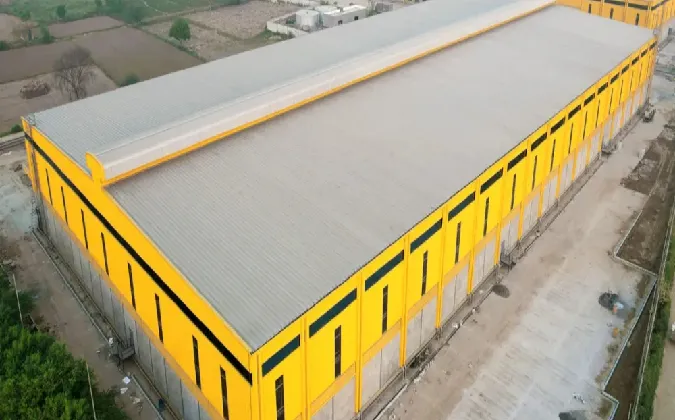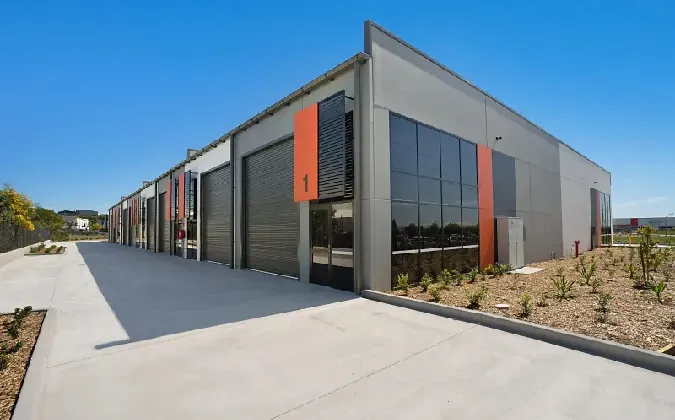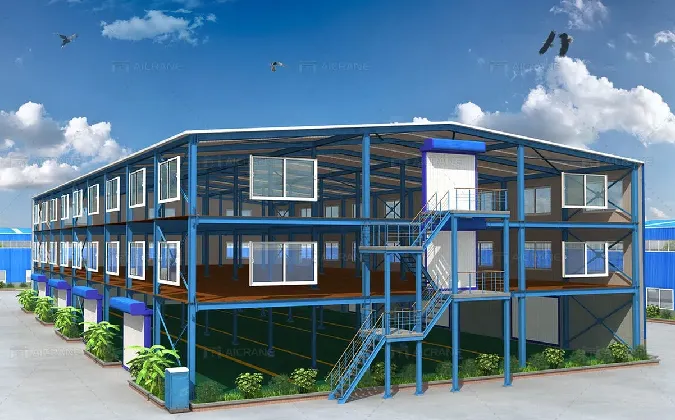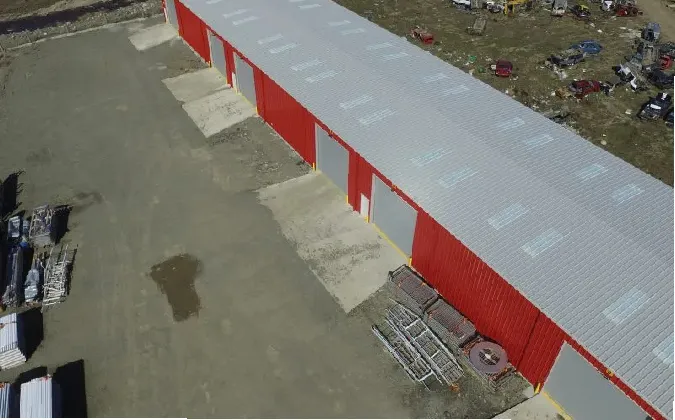- Afrikaans
- Albanian
- Amharic
- Arabic
- Armenian
- Azerbaijani
- Basque
- Belarusian
- Bengali
- Bosnian
- Bulgarian
- Catalan
- Cebuano
- Corsican
- Croatian
- Czech
- Danish
- Dutch
- English
- Esperanto
- Estonian
- Finnish
- French
- Frisian
- Galician
- Georgian
- German
- Greek
- Gujarati
- Haitian Creole
- hausa
- hawaiian
- Hebrew
- Hindi
- Miao
- Hungarian
- Icelandic
- igbo
- Indonesian
- irish
- Italian
- Japanese
- Javanese
- Kannada
- kazakh
- Khmer
- Rwandese
- Korean
- Kurdish
- Kyrgyz
- Lao
- Latin
- Latvian
- Lithuanian
- Luxembourgish
- Macedonian
- Malgashi
- Malay
- Malayalam
- Maltese
- Maori
- Marathi
- Mongolian
- Myanmar
- Nepali
- Norwegian
- Norwegian
- Occitan
- Pashto
- Persian
- Polish
- Portuguese
- Punjabi
- Romanian
- Russian
- Samoan
- Scottish Gaelic
- Serbian
- Sesotho
- Shona
- Sindhi
- Sinhala
- Slovak
- Slovenian
- Somali
- Spanish
- Sundanese
- Swahili
- Swedish
- Tagalog
- Tajik
- Tamil
- Tatar
- Telugu
- Thai
- Turkish
- Turkmen
- Ukrainian
- Urdu
- Uighur
- Uzbek
- Vietnamese
- Welsh
- Bantu
- Yiddish
- Yoruba
- Zulu
Aug . 29, 2024 04:08 Back to list
The Importance of Effective Warehouse Building Design
In today’s fast-paced economy, efficient logistics and supply chain management are vital for business success. One of the critical components that can have a substantial impact on these operations is the design of warehouse buildings. An effective warehouse design can enhance storage capabilities, streamline operations, and ultimately improve overall productivity.
The foundational step in warehouse building design is the understanding of the specific needs of the business. This includes analyzing storage requirements, inventory turnover rates, and the types of goods being stored. For instance, businesses dealing with perishable items will require temperature-controlled environments, while those handling large machinery may need higher ceilings and more expansive floor plans. By recognizing these needs early in the design process, businesses can avoid costly modifications down the road.
One of the key elements in warehouse design is maximizing space utilization. Vertical storage solutions, such as high racks and mezzanines, can significantly increase the storage capacity without the need for expanding the footprint of the building. Moreover, the layout should facilitate efficient movement of goods. This can be achieved through thoughtful design of aisles, loading docks, and staging areas that promote smooth traffic flow for both personnel and machinery.
warehouse building design

Another critical aspect of warehouse design is the integration of technology. Automated systems for inventory management, retrieval, and shipping can drastically reduce operational costs and errors. For instance, incorporating features like Automated Storage and Retrieval Systems (AS/RS) can improve the speed and accuracy with which items are retrieved and stored. Therefore, investing in technology-enhanced designs can prove beneficial in the long term.
Safety is also a paramount concern in warehouse design. Proper layout and design can help minimize accidents and injuries. Ensuring that pathways are clearly defined and free from obstructions, equipping fire exits, and using safety barriers can significantly contribute to a safer work environment. Furthermore, adhering to regulations sets the foundation for best practices in safety, which not only protects employees but also influences insurance costs and operational reliability.
Sustainability is an increasingly important consideration in warehouse design. Utilizing energy-efficient materials, solar panels, and advanced insulation can reduce energy consumption and operational costs. Additionally, incorporating green spaces can improve employee morale and well-being.
In conclusion, an effectively designed warehouse is a critical asset in logistics and supply chain management. By focusing on maximizing space utilization, integrating technology, ensuring safety, and embracing sustainability, businesses can create an environment that enhances productivity and efficiency, ultimately leading to greater success in a competitive marketplace. Investing time and resources in warehouse building design is not just a necessity; it is a strategic advantage in today’s economy.
-
Steel Frame Factory with Insulated Roof Panels
NewsAug.14,2025
-
Prefab Metal Building with Insulation Package Options
NewsAug.14,2025
-
Industrial Steel Sheds for Temporary Workshop Use
NewsAug.14,2025
-
Metal Workshops Featuring Corrugated Steel Roofs
NewsAug.14,2025
-
Modular Steel Frame Excellence: Our Pursuit of Perfection
NewsAug.14,2025
-
Metal Garage Kits Crafted with Customer Satisfaction at Heart
NewsAug.14,2025
Products categories
Our Latest News
We have a professional design team and an excellent production and construction team.












